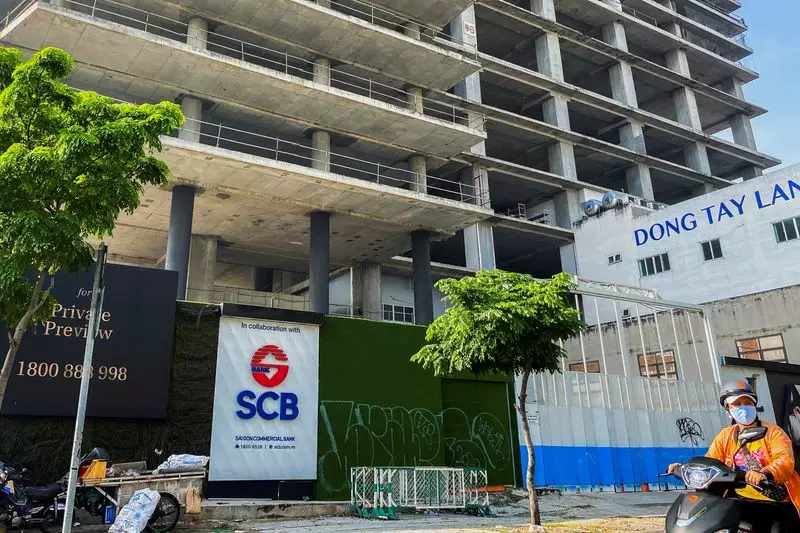Vietnam is currently facing an unprecedented financial crisis in its banking sector, with Saigon Joint Stock Commercial Bank (SCB) at the center of the storm. The situation is dire, with the national treasury at risk of drying up if the lending to SCB continues. The central bank of Vietnam has already pumped $24 billion in “special loans” into SCB, but the lending has slowed slightly and averaged more than $900 million a month in the past five months. The complexity of the operation and the scale of existing and potential damage to Vietnam’s financial system make the situation truly unprecedented.
The State Bank of Vietnam has injected cash into SCB to the tune of 5.6% of the nation’s annual economic output, or about one-fourth of Vietnam’s foreign-exchange reserves. This drastic measure was taken after real estate tycoon Truong My Lan was arrested in October 2022, sparking a run on the bank. SCB has been using the injections to cover cash withdrawals, as deposits plummeted 80% to about $6 billion by December 2023. Bad loans have surged to 97.08% of SCB’s credit balance as of October, painting a grim picture for the bank’s future.
Truong My Lan, the real estate tycoon at the center of the scandal, was sentenced to death after being found guilty of masterminding the fraud. She had allegedly siphoned off $12.5 billion in loans from SCB to shell companies while effectively controlling the bank through proxies. Despite the official support, SCB continued to face liquidity problems and struggled to settle payments on time. The central bank has provided SCB with 592.7 trillion dong ($23.72 billion) in “special loans” as of April 2, indicating the severity of the situation.
Vietnam’s banking sector is already under heightened risk due to prolonged turmoil in the real estate sector. The fraud prosecution is part of the authorities’ anti-corruption campaign, which has clouded the outlook for banks. The government has sought help for SCB from the private sector, specifically calling on foreign investors, despite restrictions on foreign ownership of Vietnamese banks. The central bank assigned private real estate company Sungroup to craft a plan to restructure SCB, focusing on evaluating real estate assets used as collateral for loans.
The legal status of the assets used as collateral by Truong My Lan and her companies is often unclear, as many are still seeking permits or have violated rules on public land. The market appraisal firm Hoang Quan, hired by the central bank for an assessment, valued the assets around $12 billion, significantly less than the Lan family’s estimate of $30 billion. The restructuring plan for SCB will depend on the outcome of the evaluation of these assets and the involvement of potential investors.
Vietnam’s banking sector is facing a severe crisis that requires urgent and decisive action to prevent further damage to the financial system. The rescue efforts by the central bank have provided temporary relief, but the long-term sustainability of SCB remains uncertain. The legal battle against Truong My Lan and the call for restructuring highlight the need for transparency and accountability in the banking sector to restore investor confidence and stability.

